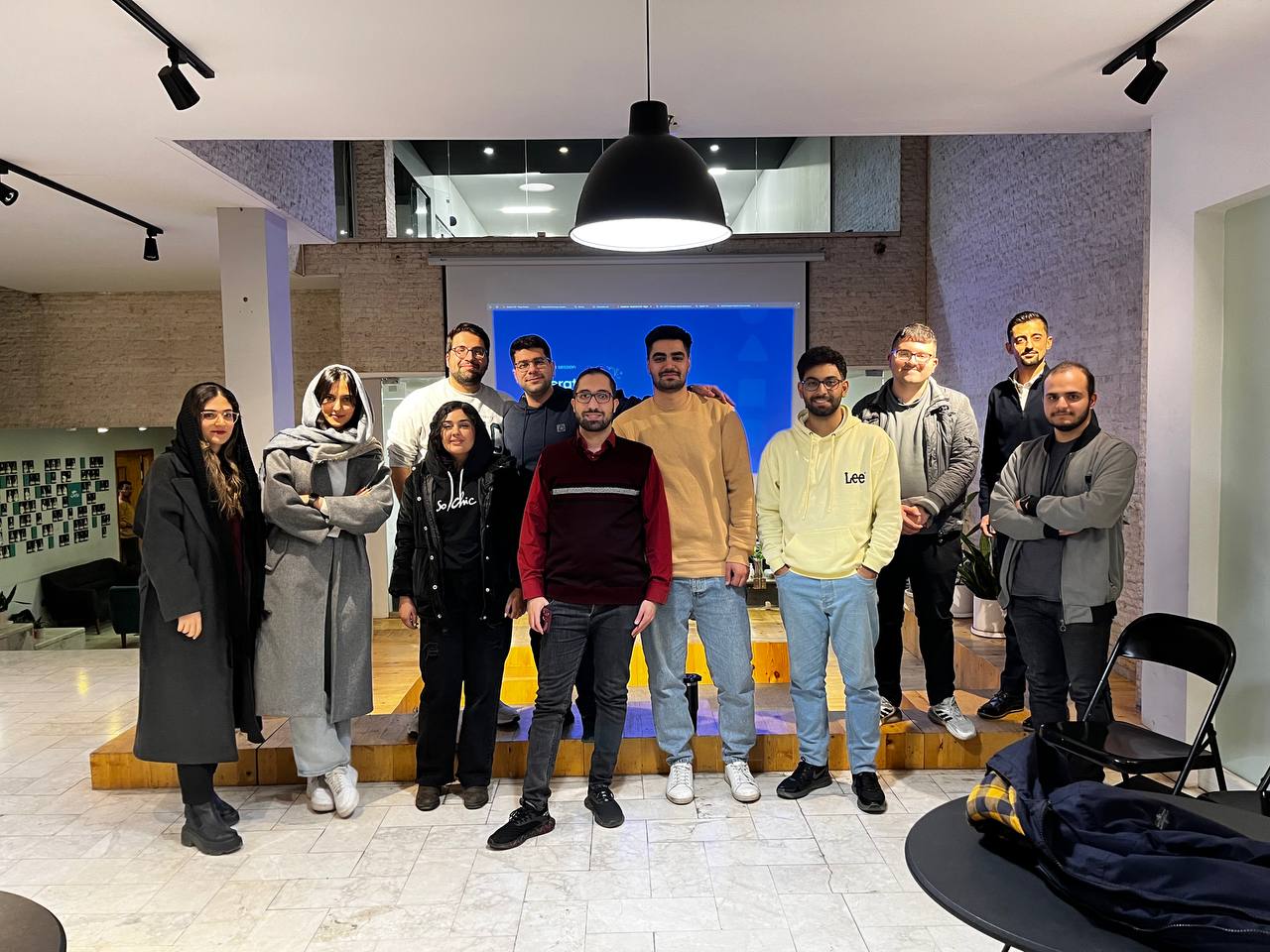
Session 12: Generative UI
Presenters
Generative UI
Generative UI is a new paradigm in user-interface design where interfaces are created and adapted in real time by AI, rather than statically coded for every user. This evolution is driven by large language models and generative AI, allowing products to offer personalized layouts, components, and styling based on user context, preferences, and goals. As a result, traditional one-size-fits-all UIs will gradually be replaced by interfaces that suggest actions, adapt to individual needs, and in some cases even automate tasks on the user’s behalf.
In this new approach, designers will focus more on outcome-oriented design rather than discrete screen-by-screen interactions. By defining constraints and desired goals instead of rigid interface elements, they can empower a generative system to produce personalized solutions that respond to plain language, handle different accessibility requirements, and drastically reduce users’ learning curve. These personalized and adaptive UIs benefit companies through higher conversions and lower churn, and benefit developers by reducing repetitive coding tasks and enabling more scalable, configuration-driven UI development.
However, Generative UI does not come without challenges. Leveraging AI models for real-time interface generation requires extensive context and intent data, which raises privacy considerations and potentially high upfront infrastructure efforts. There is also the risk that frequently changing UIs can hurt usability if not managed carefully. Despite these obstacles, the long-term vision remains that truly personalized, AI-driven user interfaces will deliver more inclusive, accessible, and efficient digital experiences for all.
Slides link: https://www.figma.com/deck/wG31QBSj0AdoPDm7ennvGw/Generative-UI?node-id=1-660&t=c3mdN7yLDuwxgCDX-1